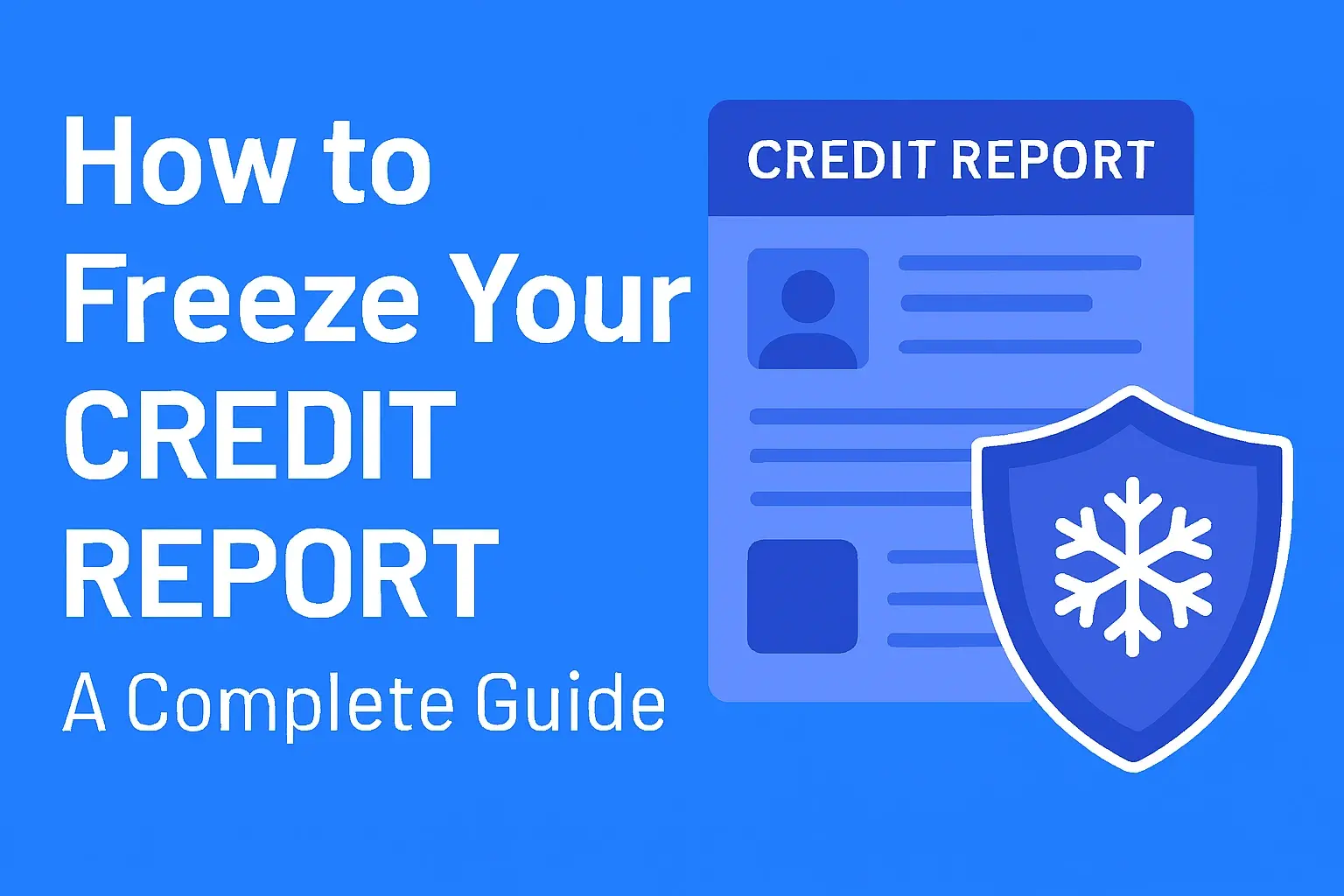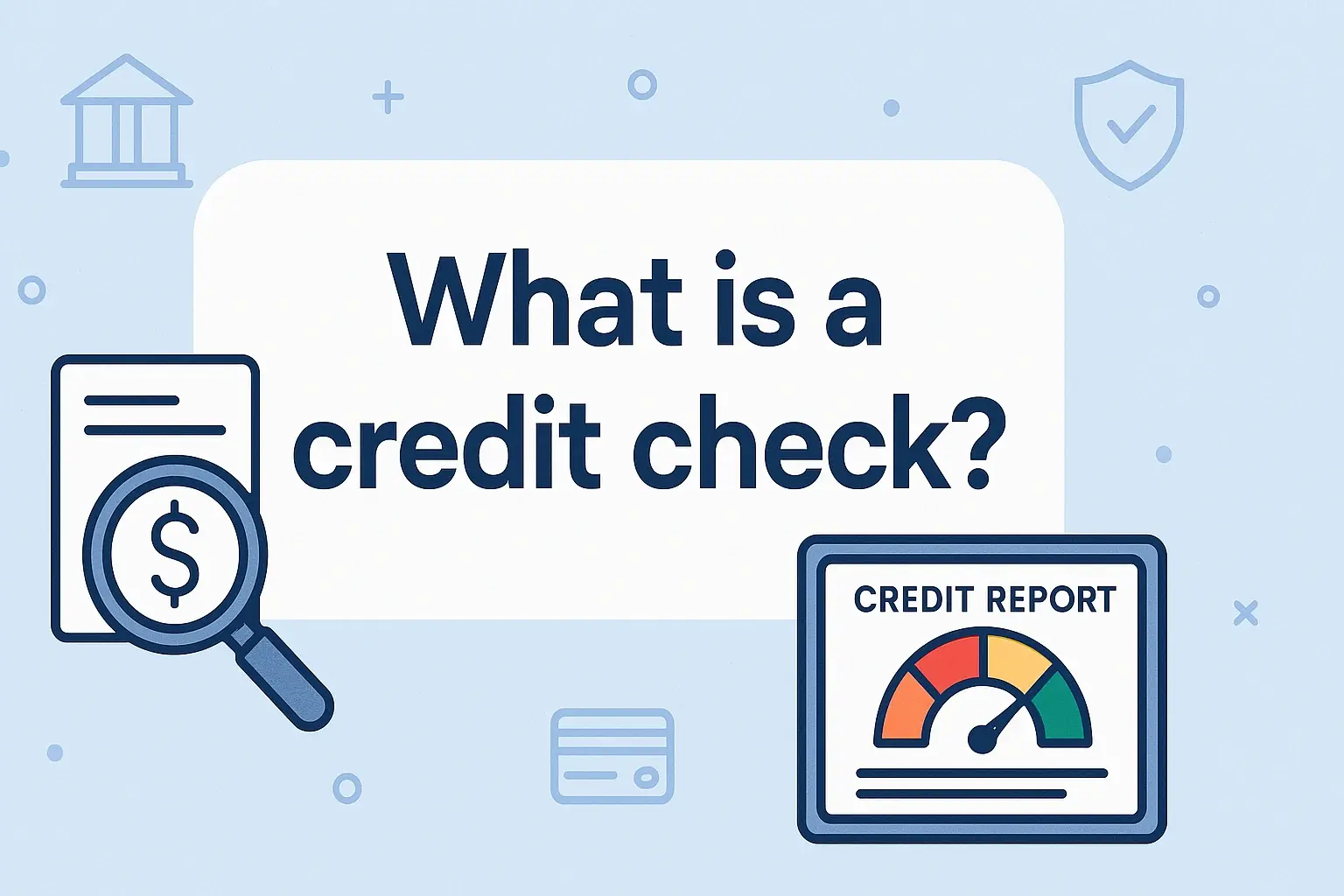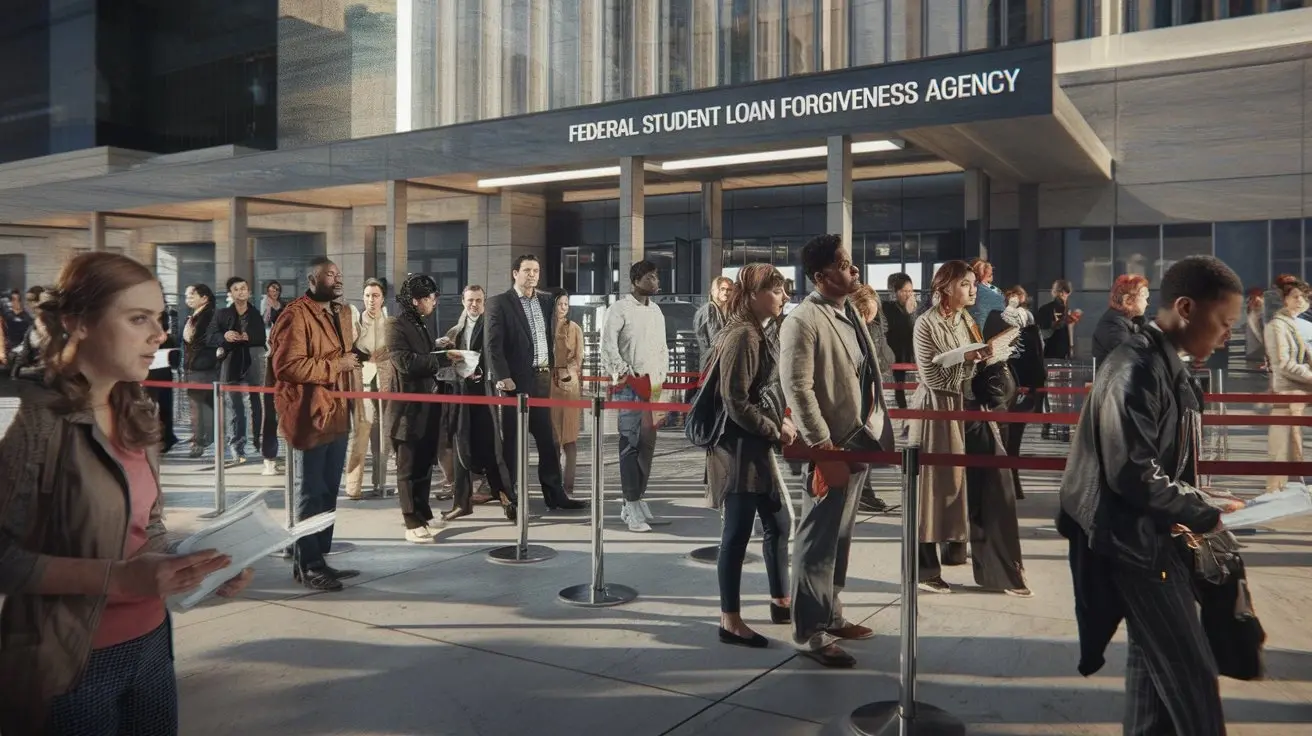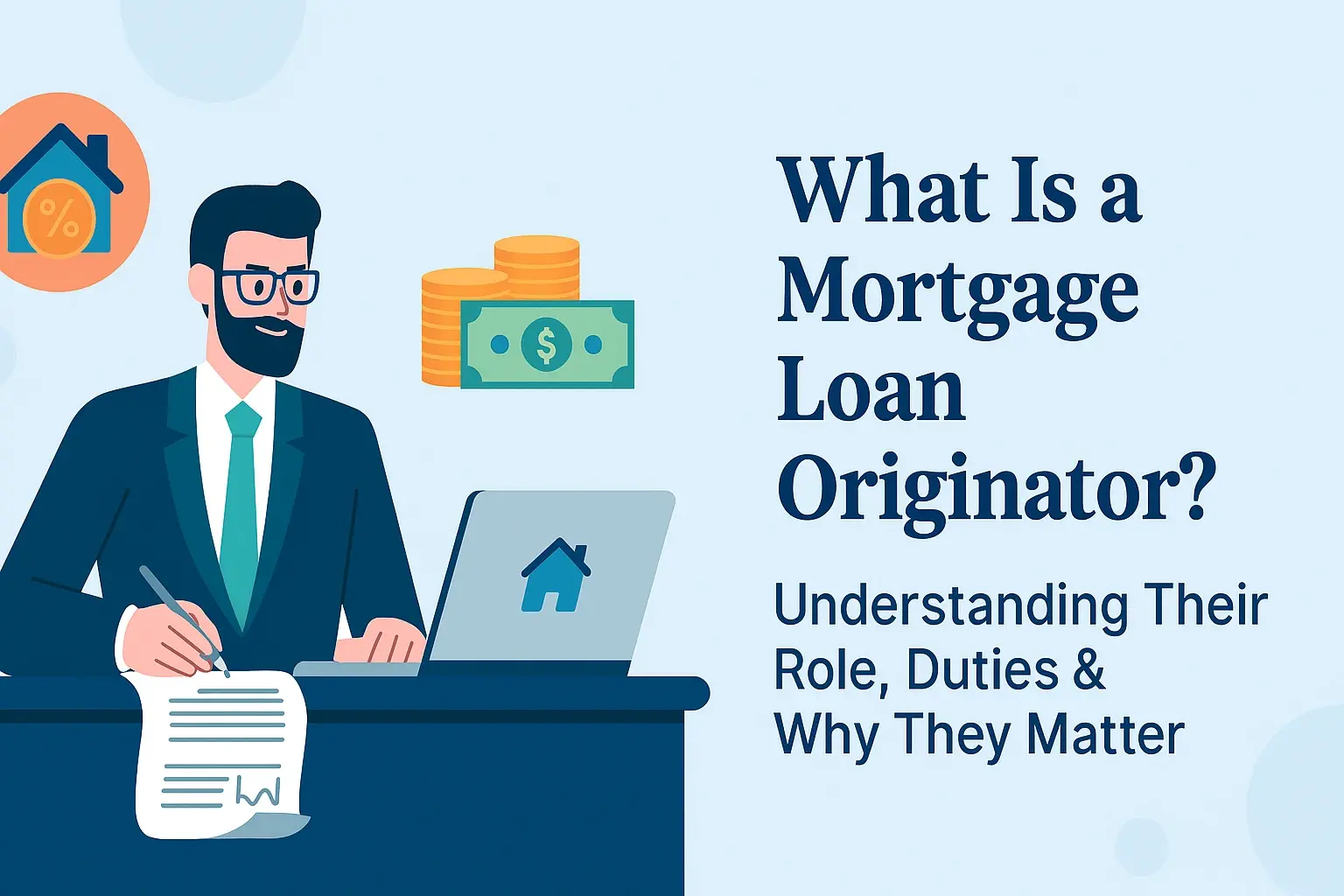-
Posted on: 25 Jul 2024

-
A negative entry on your credit report can significantly impact your credit score, making it harder to secure loans, rent an apartment, or even get approved for a credit card. Many people explore various credit repair strategies, and one option that often comes up is the "goodwill letter." But the crucial question remains: Do goodwill letters actually work? This comprehensive guide delves into the ins and outs of goodwill letters, their potential effectiveness, and alternative strategies for improving your credit score.
What is a Goodwill Letter?
A goodwill letter is a polite and persuasive request sent to a creditor or lender asking them to remove a negative mark from your credit report, even if the information is accurate. The premise behind the letter is that you are acknowledging a past mistake, explaining the circumstances that led to the negative entry (such as a late payment), and expressing your commitment to responsible financial behavior going forward. You're essentially appealing to the creditor's compassion and goodwill, hoping they will grant you a "one-time" exception.
The Key Elements of a Successful Goodwill Letter
While there's no guaranteed formula for success, a well-crafted goodwill letter typically includes these elements:
- Acknowledge the Mistake: Be upfront about the missed payment or other negative incident. Don't try to deny or downplay it.
- Explain the Circumstances: Briefly and sincerely explain the reason behind the mistake. This could be a job loss, medical emergency, or other unforeseen hardship. Avoid making excuses that portray you as irresponsible.
- Demonstrate Responsibility: Emphasize your commitment to responsible financial behavior since the incident occurred. Highlight any positive payment history you've established with the creditor.
- Appeal to Goodwill: Politely request the creditor to remove the negative mark from your credit report as a gesture of goodwill. Explain how it's hindering your ability to achieve financial goals (e.g., buying a home, getting a better interest rate on a car loan).
- Express Gratitude: Thank the creditor for their time and consideration.
- Proofread Carefully: Ensure your letter is free of grammatical errors and typos. Presentation matters.
Example Scenario: Imagine you missed a payment on a credit card due to a sudden job loss. You've since found new employment and have consistently made on-time payments for the past six months. Your goodwill letter might explain this situation, emphasize your commitment to rebuilding your credit, and appeal to the creditor to remove the late payment mark.
Do Goodwill Letters Really Work?
This is the million-dollar question. The truth is that the effectiveness of goodwill letters is highly variable and not guaranteed. Here's a breakdown of factors influencing their success:
- Creditor's Policies: Some creditors have strict policies against removing accurate negative information from credit reports, regardless of the circumstances. Others may be more lenient.
- Your Payment History: If you have a long history of on-time payments with the creditor, they may be more willing to grant your request. Conversely, if you have a pattern of late payments, your chances of success are significantly lower.
- The Severity of the Negative Mark: A single 30-day late payment is more likely to be removed than a charged-off account or a collection account.
- Your Persistence: Sending follow-up letters and contacting the creditor by phone can sometimes increase your chances of success, but be polite and respectful throughout the process.
- The Representative You Speak With: Ultimately, the decision rests with an individual representative. You might find that one representative is more willing to help than another.
Realistic Expectations: It's crucial to manage your expectations. Don't expect a goodwill letter to magically erase years of poor credit history. Think of it as a long shot, but one worth trying, especially if you have a compelling story and a track record of recent responsible financial behavior.
When Goodwill Letters are More Likely to Work
- First-Time Offense: If it's your first instance of a late payment with a particular creditor.
- Established Relationship: You've been a customer for a long time with a good payment history, excluding the isolated incident.
- Documented Hardship: You have verifiable documentation to support the circumstances that led to the late payment (e.g., medical bills, layoff notice).
- Small Dollar Amount: The amount of the late payment or balance owed was relatively small.
- Recent Improved Payment History: You have a consistent record of on-time payments since the negative incident.
Alternatives to Goodwill Letters: Other Credit Repair Strategies
While goodwill letters can be a useful tool, they shouldn't be your sole strategy for improving your credit score. Here are some alternative and often more effective methods:
1. Dispute Inaccurate Information on Your Credit Report
This is your primary and most powerful tool. Under the Fair Credit Reporting Act (FCRA), you have the right to dispute any inaccurate or incomplete information on your credit report. If you find errors (e.g., incorrect payment dates, accounts that don't belong to you), file a dispute with each of the three major credit bureaus (Equifax, Experian, TransUnion). The credit bureaus are required to investigate your claim within 30 days. If the information cannot be verified, it must be removed from your credit report.
Steps for Disputing Credit Report Errors:
- Obtain Your Credit Reports: You are entitled to a free credit report from each bureau once per year at AnnualCreditReport.com. You can also get free reports through other services, especially if you're monitoring your credit.
- Identify Errors: Carefully review each report for inaccuracies, such as wrong account numbers, incorrect balances, or accounts that don't belong to you.
- File a Dispute: You can file a dispute online or by mail. Include copies of any supporting documentation that proves the error.
- Follow Up: Keep records of your disputes and track their progress. If the credit bureau fails to investigate within 30 days, the inaccurate information must be removed.
2. Debt Validation
If you're dealing with debt collectors, you have the right to request debt validation. This requires the debt collector to provide proof that the debt is valid, that they have the legal right to collect it, and that the amount is accurate. If they fail to provide adequate validation, you are not legally obligated to pay the debt, and it should be removed from your credit report.
3. Secured Credit Cards
Secured credit cards are designed for people with poor or limited credit history. You deposit a certain amount of money (typically equal to your credit limit) as collateral. By making on-time payments on your secured credit card, you can demonstrate responsible credit behavior and gradually improve your credit score. Many secured cards will eventually convert to unsecured cards after a period of responsible use.
4. Credit Builder Loans
Credit builder loans are another option for building credit. With these loans, you make regular payments over a set period, and the lender reports your payment history to the credit bureaus. Unlike traditional loans, you don't receive the money upfront. Instead, the funds are held in a savings account until you've completed the repayment period. Credit builder loans are often available through credit unions and community banks.
5. Become an Authorized User
If you have a friend or family member with good credit, ask if they're willing to add you as an authorized user on their credit card account. Their positive payment history will then be reflected on your credit report, helping to boost your score. However, be aware that the account holder's credit behavior will also affect your credit, so choose someone you trust to manage their credit responsibly.
6. Pay Down Existing Debt
Reducing your credit utilization ratio (the amount of credit you're using compared to your available credit) is a significant factor in improving your credit score. Aim to keep your credit card balances below 30% of your credit limit, and ideally below 10%.
7. Consistently Pay Bills on Time
Payment history is the most crucial factor in determining your credit score. Set up automatic payments or reminders to ensure you never miss a due date. Even one late payment can negatively impact your credit.
The Importance of Patience and Persistence
Improving your credit score takes time and effort. There are no quick fixes or magic solutions. Be patient, consistent, and persistent in your efforts, and you will eventually see positive results. Monitor your credit reports regularly to track your progress and identify any new errors or negative items.
Consider Professional Credit Repair Services
If you're overwhelmed by the credit repair process or need help navigating complex issues, consider hiring a reputable credit repair company. These companies can assist you with disputing errors, negotiating with creditors, and developing a personalized credit repair plan. However, be cautious of companies that make unrealistic promises or charge excessive fees. Research companies thoroughly and check their reviews before signing up for their services. Remember, anything a credit repair company can do, you can do yourself, but they offer expertise and save you time.










